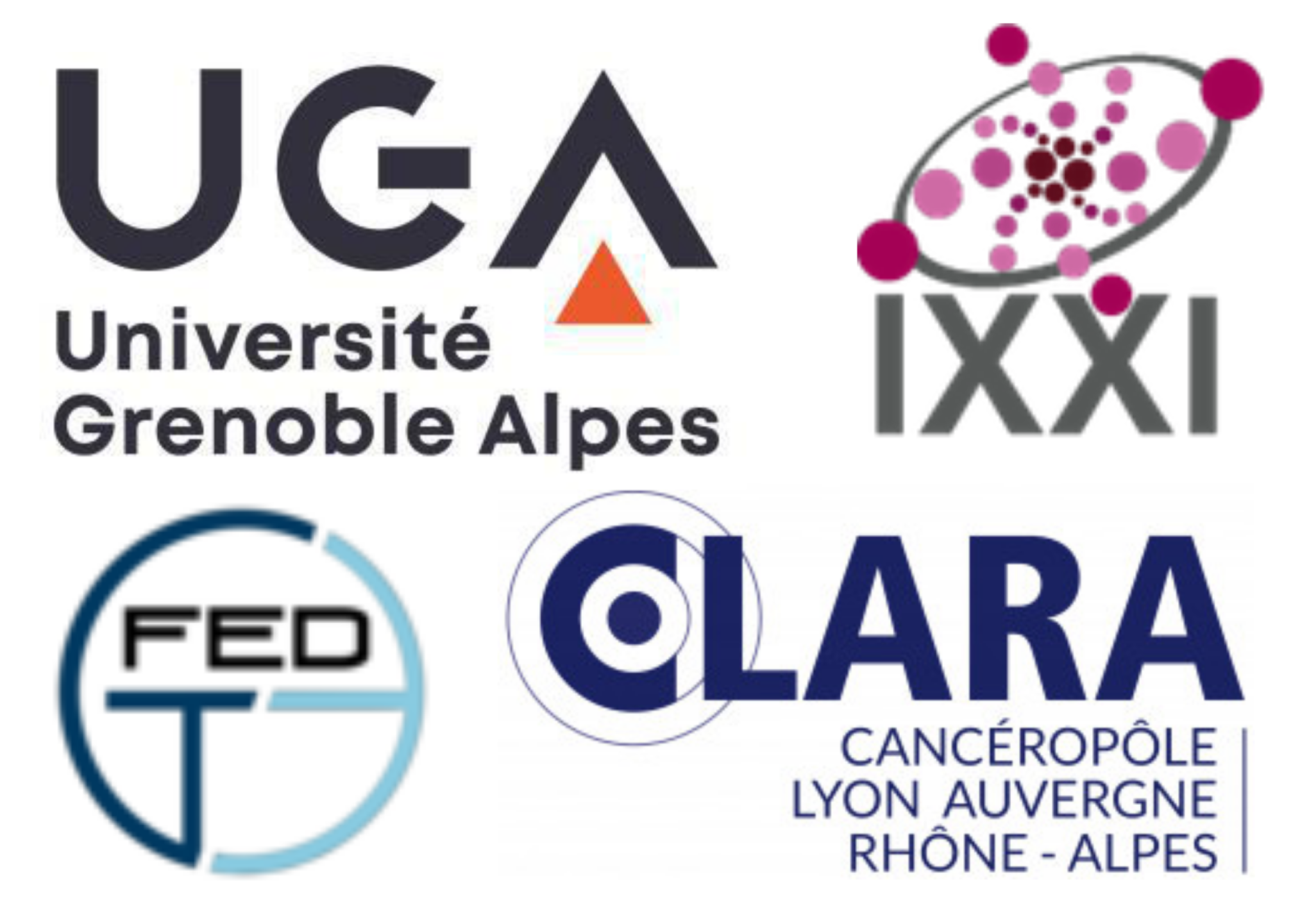INTRODUCTION
Through the bioprinting process, the cells are exposed to a wide range of shear stress, leading to an induced cell deformation. Such deformation can strongly impact cell viability and weaken the bioprinting success. Thus, a deep understanding of the cell behavior able to resist shear stress and deformation is required to meet the need for personalized medicine using bioprinting. Describing a cell population's capacity to survive against shear stress and deformation while maintaining its viability and quality intact is valuable information. Here, we propose a technology based on microfluidics and flow cytometry to attribute to each population of cells a maximum intensity of the shear stress, lower than which the cell quality is unchanged.
MATERIALS AND METHODS
The system consists of a microfluidic chip that is capable to exert hydrodynamical stress on cells in the range of 0.01 to 30 kPa. The intensity of hydrodynamical stress and the residency time under stress of the cells was controlled by varying the injection flow rate and Newtonian viscosity of the suspending fluid. A fast camera was used to monitor the cells injected into the microfluidic chip. The whole process is automated thanks to a Home-made graphical user interface algorithm. Then, the post-stress cells at the output of the microfluidic chip were analyzed by a flow cytometer to determine the related alteration of post-stress cell quality. Thus, the latter is characterized as a function of the hydrodynamical stresses and the deformation degree of the cell.
RESULTS AND DISCUSSION
Our method leads us to establish a complete characterization of the post-stress cell viability as a function of experienced hydrodynamical stress for different cell lines. For a range of shear stress, the post-stress viability is not affected, but after a “critical shear stress”, the cell viability deteriorates and suffers from a sharp decrease. This global behavior is the mechanical capacity of cells to resist shear stress. It is also noticeable that while all cell types present similar trends, each cell line has a specific sensitivity to the shear stress as their mechanical capacity. Also, the residency time does not impact the post-stress fibroblast cell viability in the range of 10 to 110 ms contrary to the intensity of shear stress which has a notable influence. Note that the residency time may have an influence in a larger order (minutes and hours). These ranges are under exploration. In addition, the evolution of the mechanical capacity of cells has been explored through the cell-subculture passage and the growth period incubation of cells. In order to have 80% of cell viability at the output of the bioprinter, its parameters should be configured to avoid exerting shear stresses beyond the values 0.13, 0.35, 0.51, 0.6, 0.74, 0.81, 1.22, and 3.31 kPa for WJ-MSCs, HUVEC, CAF, BM-MSCs, HEK293T, AD-MSCs, fibroblast, and MDCK cells respectively. Note that the range of shear stress in extrusion bioprinting can be between 0.06 and 10 kPa and in inkjet bioprinting between 0.07 and 50 kPa.
CONCLUSIONS
Thanks to our microfluidic-based technology, we demonstrated the uniqueness of the cell's physiological response to hydrodynamical stress. This method provides a cellular behavior which is called capacity to shear stress leading to parameters such as critical points. This knowledge will provide a deeper understanding of the cell to ensure the success of functional personalized medicine and improve the bioprinting yields.


 PDF version
PDF version
